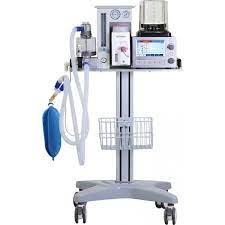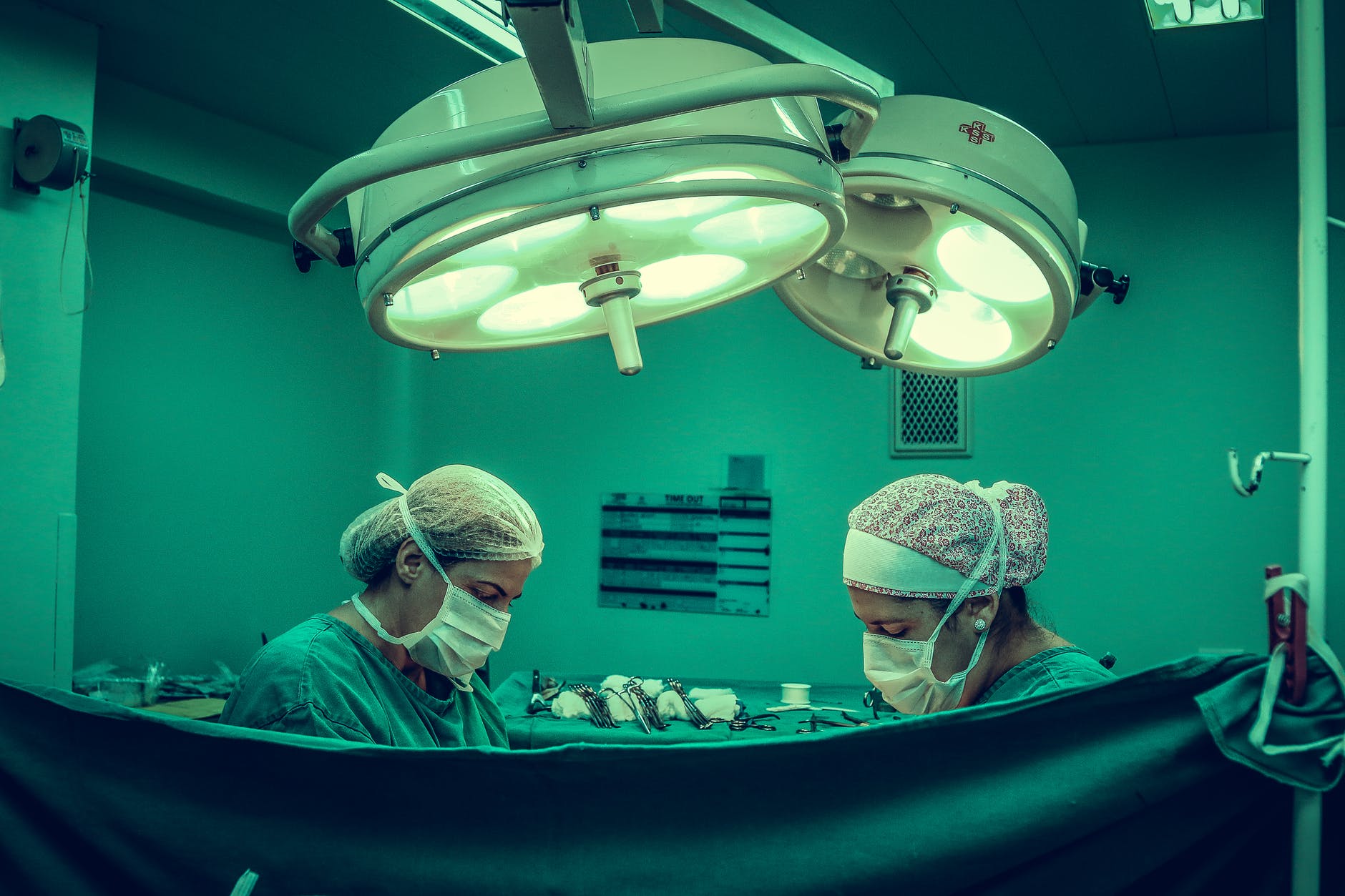Veterinary Anesthesia Machine play a critical role in ensuring the safety and comfort of animals during surgery. As with all medical equipment, proper cleaning and disinfection of anesthesia machines are essential to prevent the spread of infectious diseases and to maintain the machine’s performance. In this blog, we’ll discuss tips for properly cleaning and disinfection veterinary anesthesia machines.

- Please familiarize yourself with the manufacturer’s guidelines:
Each manufacturer has specific guidelines for cleaning and disinfecting their anesthesia machines. These guidelines should be followed closely to ensure that the machine is properly cleaned and disinfected without damaging any components.
- Wear protective gear:
When cleaning and disinfecting the anesthesia machine, it’s important to wear protective gear such as gloves and a face mask to prevent exposure to chemicals and pathogens.
- Use appropriate cleaning and disinfecting agents:
Anesthesia machines should be cleaned and disinfected using appropriate agents that are safe for the machine and effective against pathogens. Be sure to use agents approved by the machine’s manufacturer and follow their guidelines for dilution and application.
- Disassemble the machine for thorough cleaning:
Anesthesia machines have many small parts that can harbor bacteria and other pathogens. To ensure that all machine parts are thoroughly cleaned and disinfected, it’s important to disassemble them and clean each component separately.
- Pay special attention to high-touch areas:
Some parts of the anesthesia machine, such as the breathing circuit and vaporizer, are frequently touched during surgery and can harbor bacteria and other pathogens. These areas should be cleaned and disinfected thoroughly.
- Allow sufficient time for disinfection:
It’s important to allow the disinfectant to sit on the machine for the recommended amount of time to eliminate all pathogens.
- Rinse and dry thoroughly:
After Veterinary Anesthesia Machine Maintenance, the anesthesia machine should be rinsed to remove any remaining disinfectant. It should then be dried completely before reassembly to prevent mold and bacteria growth.
- Perform regular maintenance:
Regular maintenance of the anesthesia machine, including cleaning and disinfection, can help prevent breakdowns and extend the life of the equipment.
In conclusion, proper cleaning and disinfection of veterinary anesthesia machines are essential to prevent the spreading of infectious diseases and maintain the machine’s performance. By following the manufacturer’s guidelines and using appropriate cleaning and disinfecting agents, you can ensure that the anesthesia machine is properly cleaned and disinfected, keeping animals safe during surgery.
FAQs:
Q: How often should veterinary anesthesia machines be maintained?
A: The frequency of veterinary anesthesia machine maintenance depends on the machine’s usage, manufacturer recommendations, and the type of procedures being performed. Typically, machines are inspected and serviced every six to twelve months and more.
Q: Can I perform veterinary anesthesia machine maintenance myself?
A: While Veterinary Technicians or practice managers can perform some routine maintenance tasks, many components of the anesthesia machine require specialized training and expertise. Therefore, working with a professional service provider with experience in maintaining veterinary anesthesia machines is recommended.
Visit OmiMedTech Now.


Leave a comment